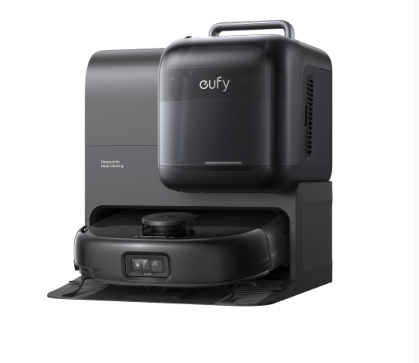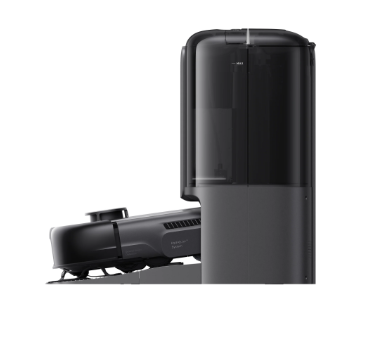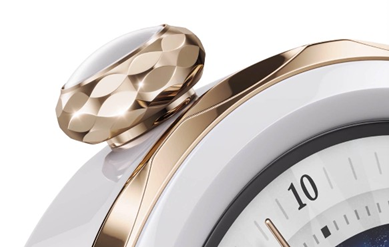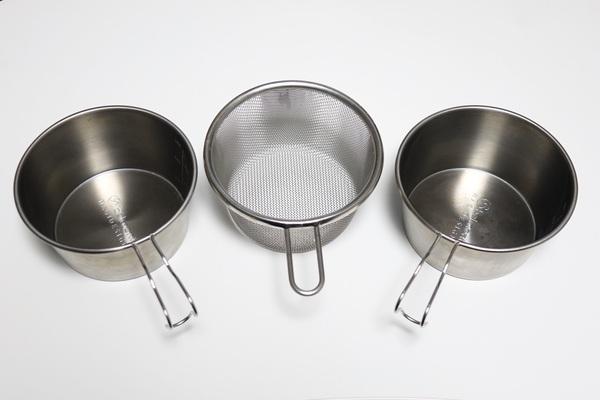What Defines “Powerful Suction” in Robot Vacuums?
- 903
- 98
What Defines “Powerful Suction” in Robot Vacuums?
- By huaweicomputers
- 07/08/2025
Powerful suction in robot vacuums marks a leap in household cleaning technology. It determines how effectively your vacuum cleans floors and handles different debris types. A robust suction ensures efficient cleaning with less effort from you. However, understanding what makes suction “powerful” can be complex. Terms like Pa and AW often confuse buyers. Knowing these concepts and how they relate to suction strength can guide you to a better choice. This blog demystifies these technical terms, offering a practical understanding of suction measurements and other key factors. From motor design to airflow efficiency, every element matters. We’ll also delve into real-world performance indicators and additional features enhancing suction. If you're searching for the most powerful vacuum cleaner to suit your needs, these insights are essential. With guidance from Eufy, a leader in the field, you’ll learn crucial buying tips and how to balance suction needs with battery life and noise levels. This knowledge ensures you pick a vacuum perfectly suited for your home.

Understanding Suction Units and Measurements
Pascals (Pa): What It Means
Pascals (Pa) measure pressure, indicating the force exerted by the vacuum. In robot vacuums, higher Pa signifies stronger suction. It reflects the vacuum’s ability to create a pressure differential, enabling debris pickup. However, Pa doesn’t always tell the full story. While important, it’s only a piece of the puzzle. Knowing Pa offers insight into the vacuum’s potential power, but it shouldn’t be your sole consideration. The overall design and technology used in the vacuum play substantial roles in how this pressure translates to effective cleaning in practical scenarios.
Air Watts (AW): A Better Indicator
Air watts (AW) provide a more comprehensive measure of suction power by considering airflow and the vacuum’s ability to move debris. Unlike Pa, AW reflects both the air volume and force used in cleaning, offering a practical insight into vacuum efficiency. It accounts for how well a vacuum performs in real-world conditions, like picking up hair or dust from different surfaces. Choosing a vacuum with higher AW often ensures better cleaning performance. Understanding AW helps buyers focus on practical outcomes rather than raw power, making it a reliable indicator of a vacuum’s true cleaning capabilities.
Typical Powerful Suction Ranges
Powerful suction ranges in robot vacuums typically vary based on their intended use and manufacturing advancements. For standard models, suction powers range from 1000 Pa to 2000 Pa. Premium models often boast between 2000 Pa and 3000 Pa, providing stronger pressure differentials for outstanding cleaning. However, suction ranges aren’t solely about numbers. Consider the relationship between Pa and AW. A vacuum with 150 AW often outperforms others with higher Pa but lower AW, demonstrating superior cleaning across floor types. Buyers should evaluate suction ranges not just for their numerical value but as part of a broader performance package. Finding a balanced range that complements other features ensures optimal cleaning while maintaining battery life and noise levels. Recognizing these nuances helps consumers make informed choices about the right vacuum for their specific cleaning needs.
Key Factors That Define Suction Strength
Motor Power and Design
The motor’s power and design significantly impact suction strength. A robust, well-designed motor provides more torque, enhancing air movement and suction. Motors crafted with precision ensure efficient energy use, translating to sustained power over longer cleaning sessions. Advanced motors also contribute to quieter operation while maintaining strong suction.
Airflow Path and Seal Efficiency
Effective suction depends on optimal airflow paths and seal efficiency. A direct, unobstructed airflow design maximizes suction capabilities, allowing for smoother passage of air and debris. Quality seals prevent air leaks, ensuring all generated suction is used effectively for cleaning. These factors work together to amplify the vacuum’s suction effectiveness, making every pass count.

Real‑World Cleaning Performance Indicators
Debris Pickup Rate and DPU
The debris pickup rate, often measured as Debris per Unit (DPU), serves as an indicator of a vacuum’s real-world performance. High DPU values indicate effective cleaning power, as the vacuum picks up larger quantities of debris per cycle. Manufacturers and independent tests provide DPU metrics, allowing buyers to compare true performance across models.
Surface Types: Carpet vs Hard Floors
Performance varies between carpet and hard-floor surfaces. On carpets, powerful suction is crucial to pull embedded dirt and particles. For hard floors, efficient airflow and suction ensure fine dust and larger debris are effectively collected without scattering. Knowing how a vacuum handles different surfaces helps in selecting a model suited to your home’s flooring.
Additional Features That Boost Suction Effectiveness
Brush Roll Design and Anti‑Tangle
A well-designed brush roll enhances suction by effectively guiding debris into the vacuum’s path. Anti-tangle features prevent hair and fibers from clogging the mechanism, maintaining optimal airflow and suction throughout the cleaning session.
Filtration System and Clogging Prevention
An efficient filtration system prevents fine dust from clogging the vacuum, maintaining strong suction over time. High-quality filters capture allergens and prevent debris re-entry into airflow paths, promoting a cleaner environment and consistent performance.
Tips to Evaluate a Robot Vacuum’s Suction
Manufacturer Specs and Independent Tests
Evaluate suction power by consulting manufacturer specifications and independent testing reviews. Specs offer basic insights, but real-world tests reveal performance nuances. Reviews from trusted sources provide objective data, helping you discern which model offers the best suction for your needs.
Maintenance Habits That Maintain Suction
Regular maintenance, including cleaning the filters, brush rolls, and sensors, sustains suction power. A well-maintained vacuum operates efficiently, delivering consistent powerful suction. Establishing a routine cleanliness regimen ensures longevity and peak performance from your robot vacuum.
Eufy’s Perspective on Powerful Suction
How Eufy Defines Suction Power
Eufy emphasizes balanced suction design, ensuring efficient energy usage without compromising power. Their models are developed to maintain strong suction through advanced motors and sealed airflow, offering consistent and effective debris pickup in varied home settings.
Eufy’s Recommended Cleanup Levels
Eufy categorizes cleanup levels to guide users on optimal performance settings depending on task difficulty. From light dusting to heavy debris collection, their recommended settings optimize suction, ensuring efficient energy usage and cleaning effectiveness for different flooring and dirt conditions.
Choosing the Right Suction for Your Needs
Match Suction to Flooring & Pets
When choosing a vacuum, consider your flooring type and pet presence. Strong suction is essential for carpets and homes with pets to handle hair and dander. For hard surfaces, moderate suction with effective airflow suffices, minimizing scattering and energy use.
Balance Suction with Battery & Noise
Balancing suction needs with battery life and noise levels ensures a practical, user-friendly vacuum experience. Opt for models offering variable suction settings, allowing you to adjust according to task difficulty, conserving battery and reducing noise when intensive power isn’t necessary.
Conclusion
Understanding what defines powerful suction in robot vacuums involves evaluating multiple factors beyond raw metrics. While Pa and AW offer technical insight, real-world performance, motor design, and additional features like brush roll and filtration systems play significant roles. Brands like Eufy provide valuable perspectives and recommended settings for optimal use. When choosing a robot vacuum, assess your specific needs—considering flooring, pets, and desired balance between power, battery life, and noise. By considering these factors, buyers can make informed decisions, ensuring the vacuum they choose delivers effective cleaning for their unique home environment.















